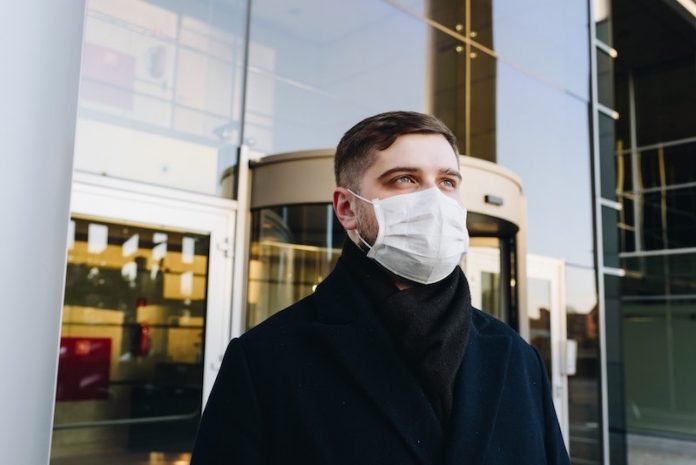
In a new study, researchers found that in the midst of the coronavirus pandemic, two human factors are battling it out: awareness of the virus’s severe consequences and fatigue from nine months of pandemic precautions.
The tension between awareness and fatigue can lead to case-count plateaus, shoulder-like dynamics, and oscillations as rising numbers of deaths cause people to become more cautious before they let down their guard to engage once again in behaviors that increase the risk for transmission, which, in turn, leads to rising death counts—and renewed awareness.
The research was conducted by a team at the Georgia Institute of Technology.
In the early days of the pandemic, many scientists turned to traditional epidemiological studies, which showed epidemic cases could rise to a peak and then fall smoothly as immunity to the infection reached high levels in a population in the absence of large-scale interventions.
Public health messages urged the population to “flatten the curve” to prevent the disease from overwhelming hospitals.
The team says if people are aware of the severity of the epidemic, they may change their behavior, and if they change their behavior, there will be fewer severe outcomes.
But if awareness is short-term, people may tire of public health regulations and the virus will come roaring back.
Instead of a single peak in cases, there can be plateaus or oscillations balanced between cautious behavior and relaxation.
The research team analyzed data from the early phase of the epidemic and found evidence that the decrease in fatalities after a peak was slower than the rise toward it.
However, in contrast to simple models of awareness-driven behavior, the research team also found evidence that individuals tended to increase their activity—as measured by mobility indicators—before epidemic severity waned.
This means that individuals may have grown fatigued, worsening the epidemic severity.
The study also found that other preventive measures, like mask-wearing, have the potential to avert worst-case outcomes in disease transmission even as mobility increases in light of fatigue.
This study underlines the importance of human behavior in driving epidemic outcomes.
The researchers share optimism as well as concerns on the potential effects of anticipation of imminent vaccine distribution on behavior associated with transmission.
There is a concern in public health circles that people who think the vaccine is just around the corner could relax their guard.
One author of the study is Joshua Weitz, Patton Distinguished Professor of Biological Sciences.
The study is published in PNAS.
Copyright © 2020 Knowridge Science Report. All rights reserved.



